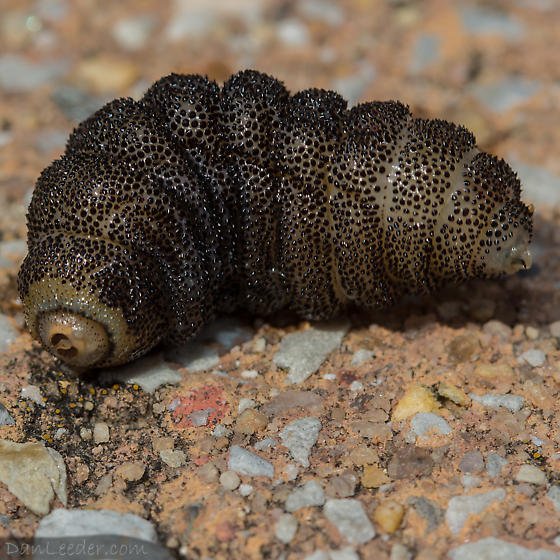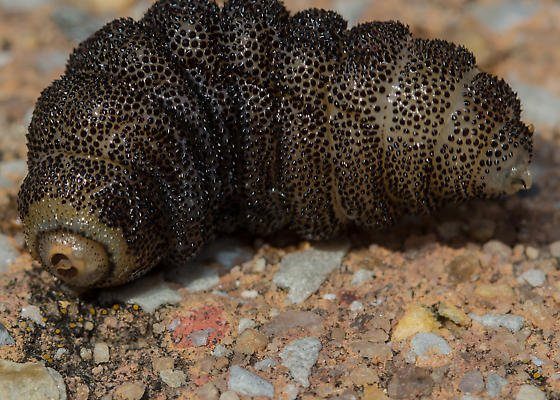
Botfly larvae, or wolf worms, primarily target mammals like dogs and cats, but they can affect other animals too. Although the concept might seem alarming, understanding how these larvae work and their effects can help pet owners and animal lovers alike to be more informed and proactive. So, let’s dive into this fascinating—and slightly unsettling—world of wolf worms.
How Do Wolf Worms Form?
Wolf worms start their lives as eggs laid by adult botflies. These adult flies have a very particular strategy for reproduction. Instead of landing and laying eggs on the ground, they seek out a host, usually another animal. This is where it gets interesting—botflies often use other insects, like mosquitoes, to transport their eggs. When the mosquito bites an animal, the botfly’s eggs can slip into the animal’s skin.
Once inside, the eggs hatch into larvae and begin their life cycle. They burrow into the host’s skin and create a little nest where they can grow. It’s kind of like having a cozy condo for the larvae. As they mature, they can cause quite a bit of discomfort for the host, leading to various noticeable symptoms.
What Problems Can Wolf Worms Cause?
Wolf worms can lead to a range of issues for animals they infest. Here are some common signs to look out for:
- Skin Lesions: The most obvious sign is a bump or sore on the skin where the larvae are feeding. These can often appear red and swollen.
- Itching and Discomfort: As the larvae grow, they can cause intense itching, leading to the animal scratching or biting at the area.
- Infection: If the skin becomes broken, it can allow bacteria to enter, leading to secondary infections.
- Behavior Changes: Affected animals may become restless or irritable due to the discomfort.
So, if you notice any of these signs on your furry friend, it’s a good idea to consult a veterinarian. Let me explain why; the sooner you address the issue, the better for everyone involved.
Identifying Wolf Worms in Pets
If you suspect your pet might have wolf worms, identifying them can be straightforward. Look for the classic signs we just mentioned. But beyond that, you can often see the larvae through the skin. They may create a small, breathing hole in the surface, allowing them to get oxygen. It might sound a bit gross, but some pet owners have described it as seeing a “wiggling worm” beneath the skin. If that gives you the heebie-jeebies, you’re not alone!
A vet can offer the best identification if you’re unsure. They might take a closer look and even perform a simple procedure to confirm the presence of the larvae. It’s always better to be safe than sorry, especially when it comes to your pet’s health.
Diagnosis and Treatment Options
Diagnosing wolf worms isn’t usually complicated, but it’s important for the overall well-being of your pet. Your vet will examine the affected area and may take a sample to ensure it’s indeed botfly larvae. Once confirmed, treatment will typically involve:
1. Surgical Removal: Depending on the severity, the vet might need to carefully extract the larvae from the skin. They’ll ensure it’s done in a way that minimizes discomfort for the animal.
2. Medications: Sometimes, antibiotics are prescribed to prevent any infection after removal. Pain relief may also be given, as the whole process can be uncomfortable.
3. Follow-Up Care: After treatment, regular check-ups will be essential to ensure that there are no lingering issues. You want to make sure your pet is back to their happy self as soon as possible!
How to Prevent Wolf Worm Infestations
Preventing wolf worms is definitely easier than dealing with an infestation. Here are some effective strategies to keep your furry friend safe:
- Regular Vet Check-Ups: Regular visits can help spot issues before they become major problems. Your vet can monitor your pet’s health and suggest any necessary preventive measures.
- Control Parasites: Using flea and tick preventatives can reduce the chances of botflies finding a host. Mosquito bites can also be controlled, making it less likely for botflies to deposit their eggs on your pet.
- Limit Outdoor Exposure: In areas where botflies are common, keeping your pet indoors during peak insect activity can help minimize their risk.
Honestly, it might seem like a hassle at times, but prevention is definitely worth it. You want to keep your pet happy and healthy, without these creepy crawlers entering their lives.
Understanding Botfly Life Cycle
Knowing how the botfly larvae grow can give you insight into why certain preventive measures are necessary. The life cycle of a botfly goes through a few key stages:
1. Egg Stage: The adult botfly lays eggs on a host, usually via an insect bite.
2. Larval Stage: The eggs hatch and burrow into the host’s skin. This is when the wolf worms become problematic.
3. Mature Larvae: The larvae will grow and eventually continue their life cycle by either dropping to the ground or being expelled by the host in a protective capsule.
Understanding these stages helps highlight why treating and preventing infestations is so important. Once larvae are inside, they can create quite a ruckus.
Environmental Impact of Wolf Worms
While wolf worms can pose a threat to individual animals, they also reflect a bigger picture in our ecosystems. Botflies, like other parasites, play a role in the food web. They contribute to the balance of populations, particularly in wild animal communities.
That said, when animals like dogs and cats become hosts, it can lead to complications. Think about it this way: just like any pest, when an animal is overwhelmed with parasites, it can disrupt their health and behavior. This might affect their interaction with other animals in the area, leading to broader implications for their species.
When to Seek Help
If you ever find yourself in doubt about your pet’s health, just remember that it’s always best to consult with a veterinarian. They can provide professional advice tailored to your particular situation. Here’s the thing: addressing any potential issues early on can prevent them from escalating into something more serious.
If you notice unusual signs or digging, don’t hesitate to reach out. Better safe than sorry, right? Your pet relies on you, so keeping a close watch on their health is key.
Wolf worms might sound scary, but understanding them can help you protect your furry friends. By recognizing the signs, knowing how to prevent infestations, and being proactive about vet visits, you can keep your pets safe from these pesky parasites. The more you learn about how wolf worms affect animals, the better prepared you’ll be to handle any potential issues.
So, the next time you see a small bump on your pet, you’ll know exactly what to look for and how to respond. After all, keeping your pet healthy and happy is what it’s all about!

